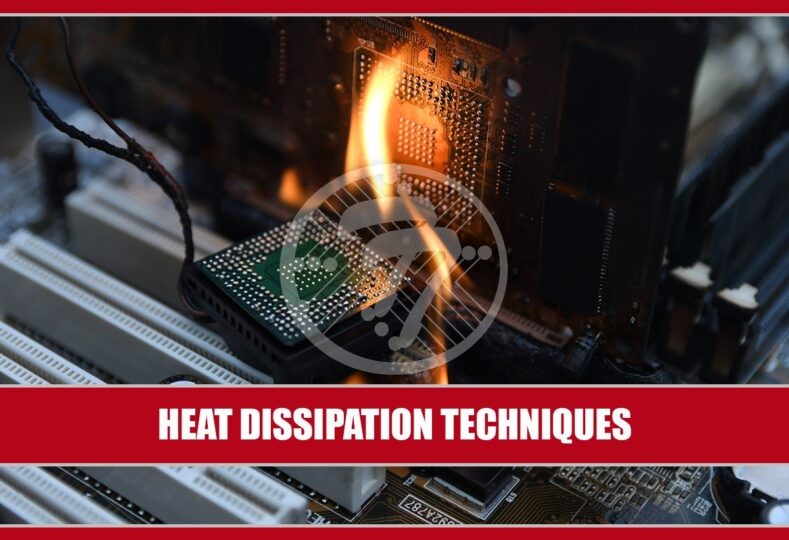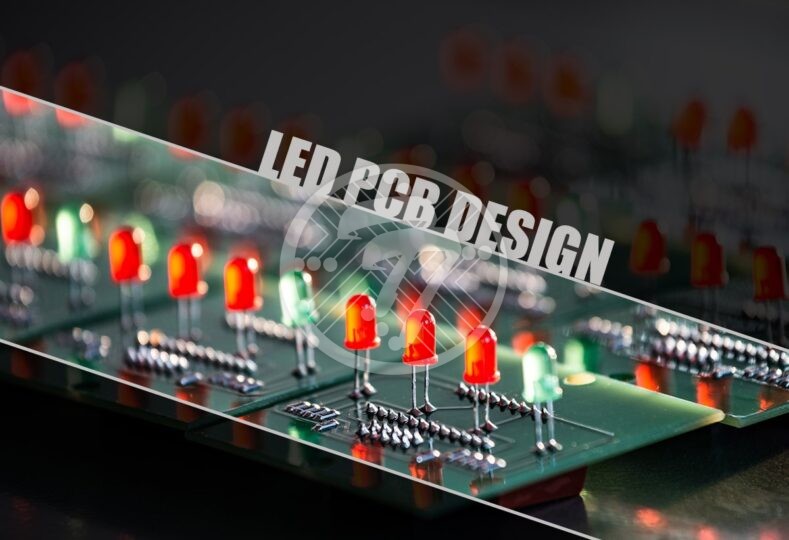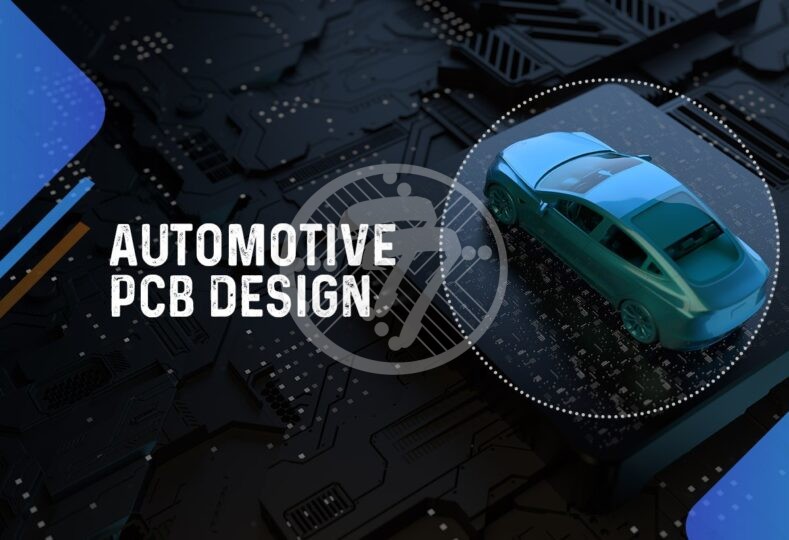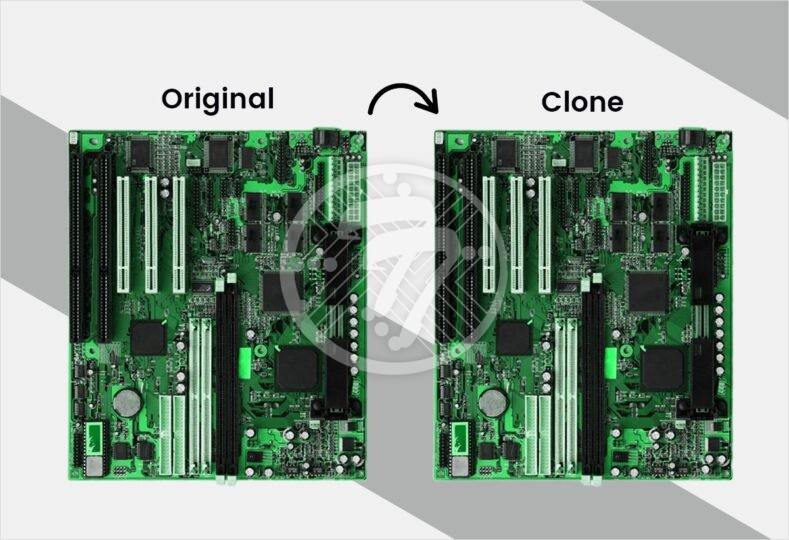Primary pcb heat dissipation techniques to protect your circuit board!

One of the main considerations when it comes to ensuring the efficacy of a PCB is to make sure that the heat generated is dissipated well. Needless to mention that high temperatures can lead not just to issues in performance but also to the complete breakdown of the PCB. Before we look at some of the effective ways of heat dissipation in a PCB, it will be worthwhile to look at why heat is a problem, in the first place:
Issues caused by heat in PCBs
Although PCBs are designed to handle some amount of heat, excess heat in PCBs results in the following issues:
- It can lead to disruption of circuit lines.
- There is a chance of oxidation of components.
- There could be loss of structural integrity.
- It could lead to incompatible material expansion rates.
All of these issues impact PCB performance. It is imperative therefore to equip the PCB with effective heat dissipation techniques. Let us have a look at some of them below:
PCB Heat dissipation techniques
1. Cooling Fans and Heat Sinks
It stands to reason that cooling fans add a stream of cool air & bring down the temperature of the PCB. Typically, cooling fans are used when it comes to high current power supplies. In addition, heat sinks are also commonly used to dissipate heat. Simply put, these are thermally conductive metallic parts that are attached to heat-producing components. The heat sink ensures that heat is transferred & dissipated over large areas.
2. Thick Copper Traces
Thick copper traces work particularly well for high-power applications that offer a large surface for heat distribution as well as dissipation.
3. Heat Pipes
Heat pipes come in handy as they absorb heat with fluids such as acetone, ammonia, water or nitrogen. Once the fluid absorbs the heat, the vapor is released by the pipe. In turn, the vapor reaches a condenser where it condenses to a liquid. This method of heat dissipation is both reliable as well as cost-effective. Also the method is hugely popular as it is largely maintenance-free.
4. Right Board Materials
Choosing board materials that have heat-dissipating properties is extremely crucial. For example, choosing a polyimide base is important. Similarly, flex PCBs are known for their large surface area–to-volume ratios.
Aluminum PCBs are yet another great choice for their heat dissipation abilities. They are particularly suited to be used I case of high-power applications. Alternately, for high temperature projects, copper PCBs are a great choice.
Among nonmetals, ceramic PCBs also work well on account of high thermal conductivity and low coefficient of thermal expansion.
5. Thermal Via Arrays
The use of thermal via arrays help in increasing copper’s area as well as mass and thereby reducing thermal resistance. They also allow for better conduction of heat. In fact, the use of thermal via arrays along with pads, takes away the need of deploying heat sinks.
6. Copper Coin Technology
Embedding small pieces of copper in the PCB, particularly directly under the component that generates heat, has been found to be extremely effective. The high heat conductivity of copper makes sure that it conducts the heat from the component and sends it to the heat sink. The coins can take the following shapes:
- T-coins
- I-coins
- C-coins
7. PCB Layout
It is important to follow some best practices for heat dissipation when it comes to the PCB layout. Some of these best practices that assist in heat dissipation, include:
- Placing temperature-sensitive parts at the bottom as opposed to the top of heating devices.
- Stagger parts for improved ventilation.
- Placing a thermometer in the hottest area to be able to evaluate the heat generated.
- Installing heat sources far away from each other.
- Placing heat-generating components downstream of the cooling fan. In fact, it is imperative to study the air circulation of the PCB & then place high heat generating devices accordingly.
With the above techniques, you will be able to make sure that heat is effectively dissipated & that it does not come in the way of the effective functioning of the PCB & hence of the device.
Technotronix provides a one-stop solution for PCB manufacturing services with specialized support, reliable testing, and multi-functional features. In case you have any questions, please feel free to contact us via email at sales@technotronix.us or call us at 714/630-9200.









